The scene confronting Australian soldiers as they arrived at the Western Front in Europe sums the up the First World War, 1914-1918. Described as the bloodiest war the world had seen, it involved fighting in Europe, German New Guinea, Gallipoli and the Middle East and was considered to be ’the war to end all wars’.
Out of the 5 million people that lived in Australia at that time, 300,000 young men went to the Great War. Of those, two thirds became casualties—a staggering 60,000 Australian soldiers died and 156,000 were wounded or taken prisoner.
The Western Front
The Western Front was a 700 kilometre line of trenches from the coast of Belgium to Switzerland. Scattered along that line are the names burned into the Australian psyche,—the Somme, Pozières, Ypres, Villers-Bretonneux, Bullecourt, Amiens, Passchendaele, and the Hindenburg Line.
The names of the many Australians who died appear on memorials scattered along the Western Front, including 18,000 men of the Australian Imperial Force with ‘no known grave’.
At one place, the Menin Gate in Ypres, a service has been held every day since 1928 to remember the thousands of soldiers that passed through the Gate to meet their fate on those terrible fields. At 8 p.m. each day of the week, in rain, snow or shine, the traffic holts and six buglers from the volunteer Fire Brigade step up and play The Last Post.
Most participating nations however hold a service on the 11 November to remember the Great War, for it was on that day in 1918 at 11 a.m. that, after more than four years of continuous warfare, the guns of the Western Front fell silent and an armistice was called.
Declared Armistice Day in 1919, services are now held at the 11th hour of the 11th day of the 11th month. One minutes silence is observed to remember, not only the soldiers that had died during that war, but the thousands of ‘unknown soldiers’ whose bodies were never found.
The Last Post is also played and bright red poppy’s are worn to represent the Flanders poppy, the first bloom to appear after so much horror. On a sadder note it also represents the blood of the heroes spilt in such abundance over those terrible years.
In Australia, after the Second World War, the name Armistice Day was changed to Remembrance Day to remember all Australian soldiers who had died at war in the armed services.
When the nation stops for one minutes silence on November 11 at 11 a.m. this year it will be the 92nd anniversary of the end of that truly sad, Great War.
Information from the Australian Governments website
cultureandrecreation.gov.au/articles/remembrance/
Australian War Memorial
awm.gov.au/commemoration/remembrance/tradition.asp
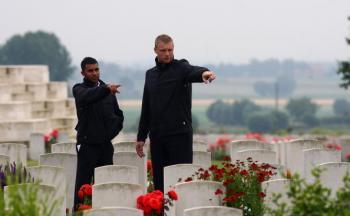
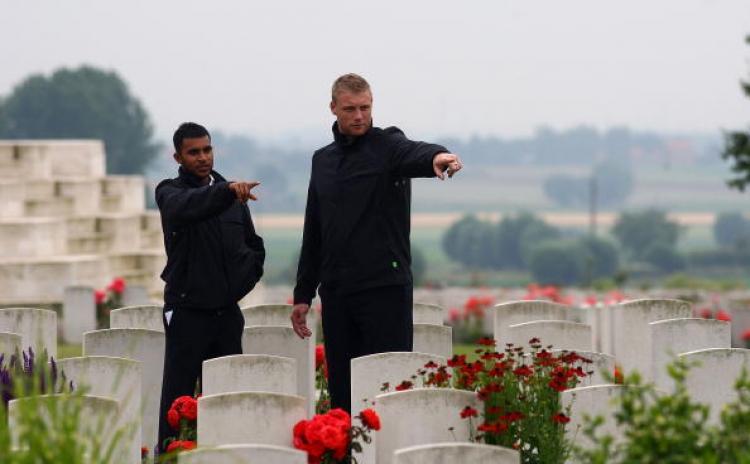
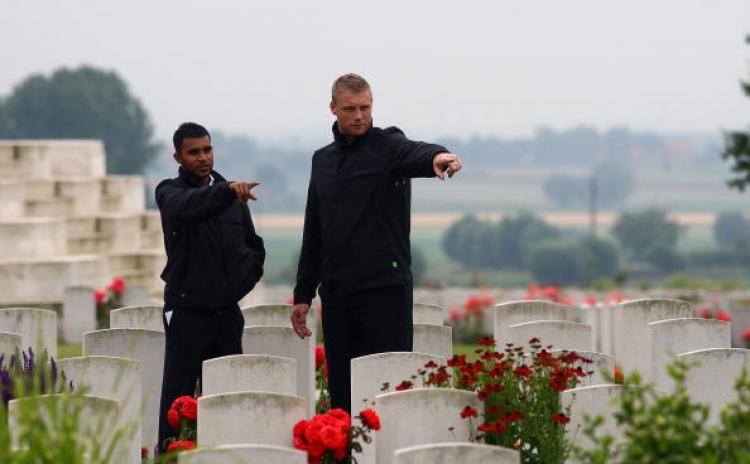
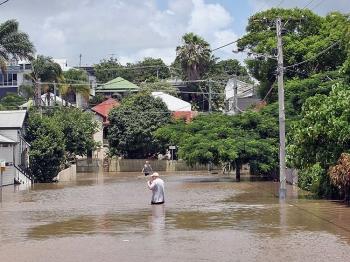

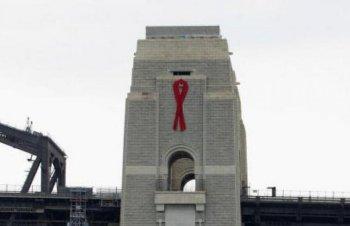
Friends Read Free